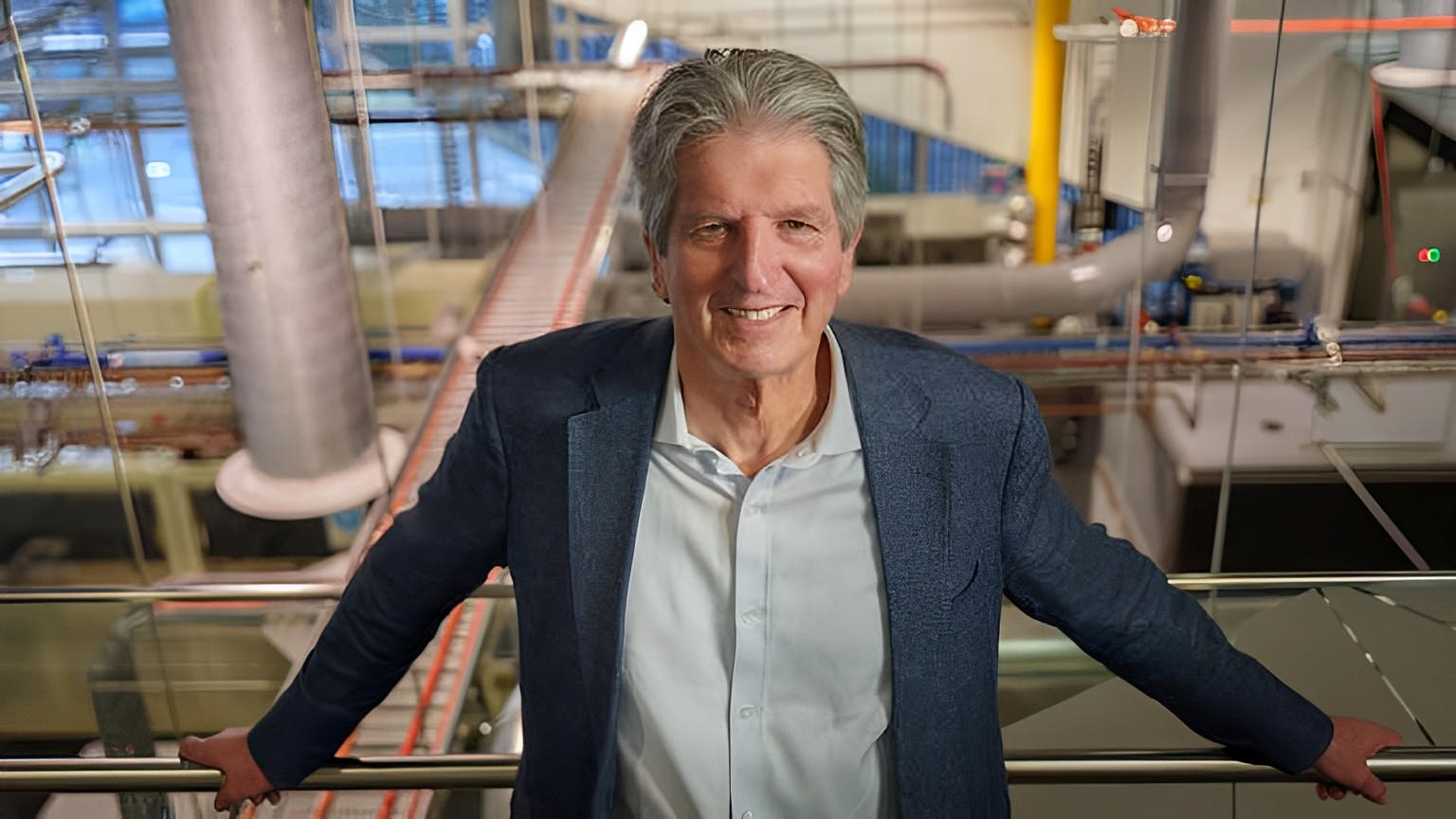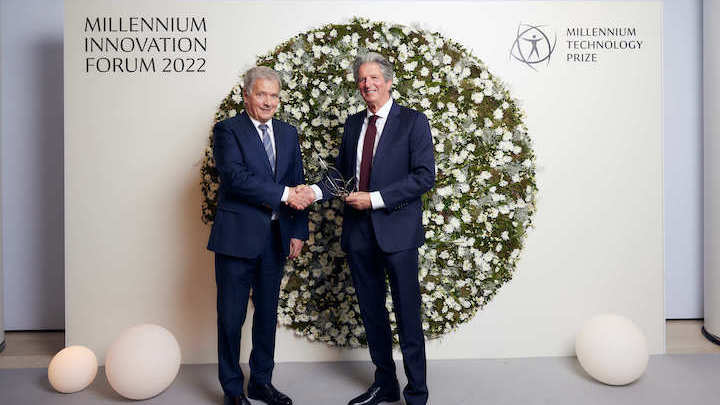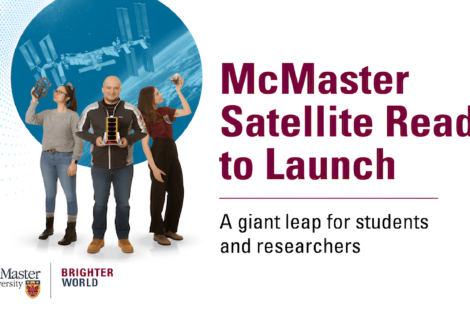

Alumnus Martin Green wins prestigious Millennium Technology Prize for his research and advancement in solar energy that he first discovered as a McMaster Engineering PhD student.
In 1971, Brisbane native Martin Green boarded a plane to Canada, having no idea the move would alter the projection of his career, and make a significant impact on the development of solar energy technology.
This year, Green was the recipient of the Millennium Technology Prize, a prestigious $1M prize that celebrates impactful strides in technology development that contribute to creating a better world. He received this award for his advancements in solar energy production, advancements that he says he couldn’t have made if it weren’t for his time as a McMaster Engineering student.

After completing his bachelor’s and master’s in electrical engineering from the University of Queensland, Green was ready for a challenge. He began seeking an area of research that would not only expand his own areas of expertise, but also make positive social impact. That was the criteria that led Green to apply for a Commonwealth Scholarship to study in Canada at McMaster University.
“The labs and devices McMaster had when I was a student allowed me to advance my research in solar energy,” Green explains, “McMaster’s nuclear power program, which was a much bigger deal at McMaster, actually helped me find a new way to develop a solar cell that had never been explored before.”
Passivated Emitter and Rear Cell (PERC)
Solar energy is created when solar cells convert energy from sunlight into electricity. This was the basis for Green’s research as he made a ground-breaking discovery in what he calls PERC; Passivated Emitter and Rear Cells. This method of creating solar energy focuses not just on the body of the solar cell, but also the quality of the cell surfaces.
Using silicon solar cells with surfaces that would hold the energy of the internal excitations caused by sunlight over a longer period of time, Green’s research team dramatically improved the efficiency of the silicon solar cells’ ability to produce solar energy. The development of PERC not only improved the efficiency of solar energy production, but also reduced the cost of producing solar energy, making it a more viable option as a renewable energy source.
“My time as PhD student at McMaster was the launching pad for my career and for the discovery of this revolutionary advancement in solar energy. I was able to get unique insight into devices and technology that I hadn’t thought about until I arrived on the McMaster campus and got to work in their excellent labs, with the support of helpful professors and fellow PhD students,” says Green.
Launched in 1983, the development of PERC makes it now the leading technology in solar energy, with PERC silicon solar cells being used for around 90% of solar panels in the international solar market.
Green’s research team broke their first world record after achieving an efficiency level of 18% in 1983. They went on to achieve a 25% level of efficiency in the early 2000s, and in more recent years achieving levels over 40% using four different cells each converting a different colour in sunlight.
“We are incredibly proud of Dr. Martin Green on receiving this top honour in recognition of his revolutionary work on solar energy,” says Heather Sheardown, Dean for the Faculty of Engineering at McMaster, “It’s always great to see our Mac Eng graduates be celebrated for their work and to be recognized on the world stage for their achievements”.
So what’s next for this solar energy pioneer? Green says, there’s still work to be done when it comes to solar energy.
“Advocating and creating pathways that you can orchestrate for getting more solar out there quickly is one of the roles I will be taking on,” says Green, “There is also still a lot more work to do on the solar cells themselves. What I’m moving towards in my research now is making solar even lower cost, by increasing the current efficiency average and commercializing those results.”
For an in-depth look at Green’s work, read more about the technology behind PERC in his Q&A on the Millennium Technology Prize website.


